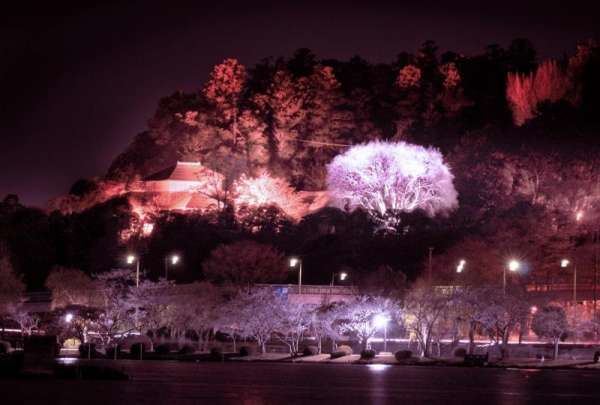The Three Great Gardens of Japan (日本三名園, Nihon Sanmeien), also known as "the three most famous gardens in Japan" are considered to include Kenroku-en in Kanazawa, Koraku-en in Okayama and Kairaku-en in Mito.
The conception of gardens in a group of three is found elsewhere; for example, in the three gardens of Emperor Go-Mizunoo who abdicated in 1629. At Shūgakui rykū, Go-Mizunoo maintained landscaped areas at separate elevations on the northeastern outskirts of Kyoto.
Kenroku-en means "garden which combines six characteristics" – the six aspects considered important in the notion of an ideal gardens: spaciousness, serenity, venerability, scenic views, subtle design, and coolness.Koraku-en means "garden of pleasure after", which is a reference to a saying attributed to Confucius—explaining that a wise ruler must attend to his subjects' needs first, and only then should he consider his own interests.Kairaku-en means "a garden to enjoy with people." Nariaki Tokugawa who completed the garden, opened this private garden to the general populace. This was a novel concept which eventually led to the development of public parks.
